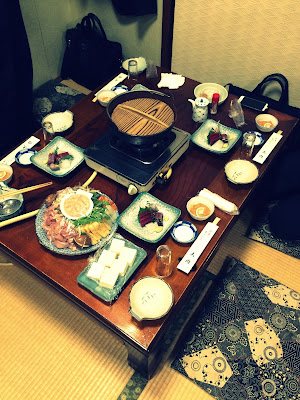Mountains running alongside the ocean. Spanish architecture with a cool ocean breeze. Wine and Mexican food. No you’re not in heaven but close. It's Santa Barbara, California.
Santa Barbara is known as the American Riviera for its expansive views of the Santa Ynez Mountains and the Pacific Ocean. It’s 90 miles north of Los Angeles which means you escape the insanity that is L.A. (no offense L.A.). It's the type of place that feels comfortable and peaceful.
When we visit we take advantage of the great wine in Santa Ynez Valley at over 120+ wineries (mostly family owned) or down to the Funk Zone off of State Street in the heart of the city. And can we talk about the Mexican food? If you're looking for a bite to eat, I know we live in Singapore where good Mexican food is non-existent but Los Arroyos was our favorite and La Super-Rica is a fan favorite (but we’ve never been there so can’t give you our reviews.)
If you’re looking for a place to take a siesta after all of that food and wine, we loved the style and views from the Canary Hotel and the customer service of the best bellmen/valets at the Fess Parker.
 Oh yes we forgot to mention, our trip to Santa Barbara was for more than a holiday. It was to get married. Thank you to our friends and family for traveling from 6 different countries and 16 different states to celebrate with us at some of Santa Barbara’s gems including Roblar Winery, the Wine Cask Restaurant, Our Lady of Sorrows Catholic Church and The Natural History Museum of Santa Barbara Sea Center. The amazing team at Magnolia Event Design made a perfect weekend a reality.
Oh yes we forgot to mention, our trip to Santa Barbara was for more than a holiday. It was to get married. Thank you to our friends and family for traveling from 6 different countries and 16 different states to celebrate with us at some of Santa Barbara’s gems including Roblar Winery, the Wine Cask Restaurant, Our Lady of Sorrows Catholic Church and The Natural History Museum of Santa Barbara Sea Center. The amazing team at Magnolia Event Design made a perfect weekend a reality.
We always sign off with ‘Happy Trails’ or ‘Until Then’ but this time we have to say…
The Best Is Yet To Come,
Amy & Raegen
PS - Thanks to Joe Pro SB and Daniel Chae for this fantastic highlight reel.




























